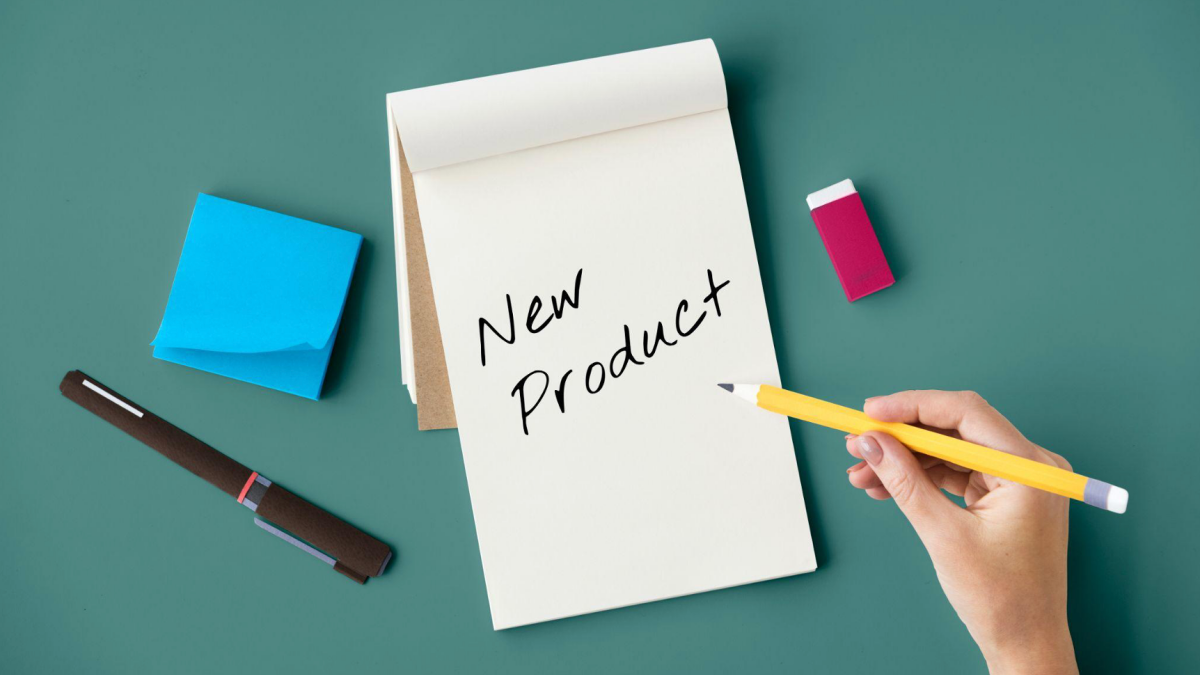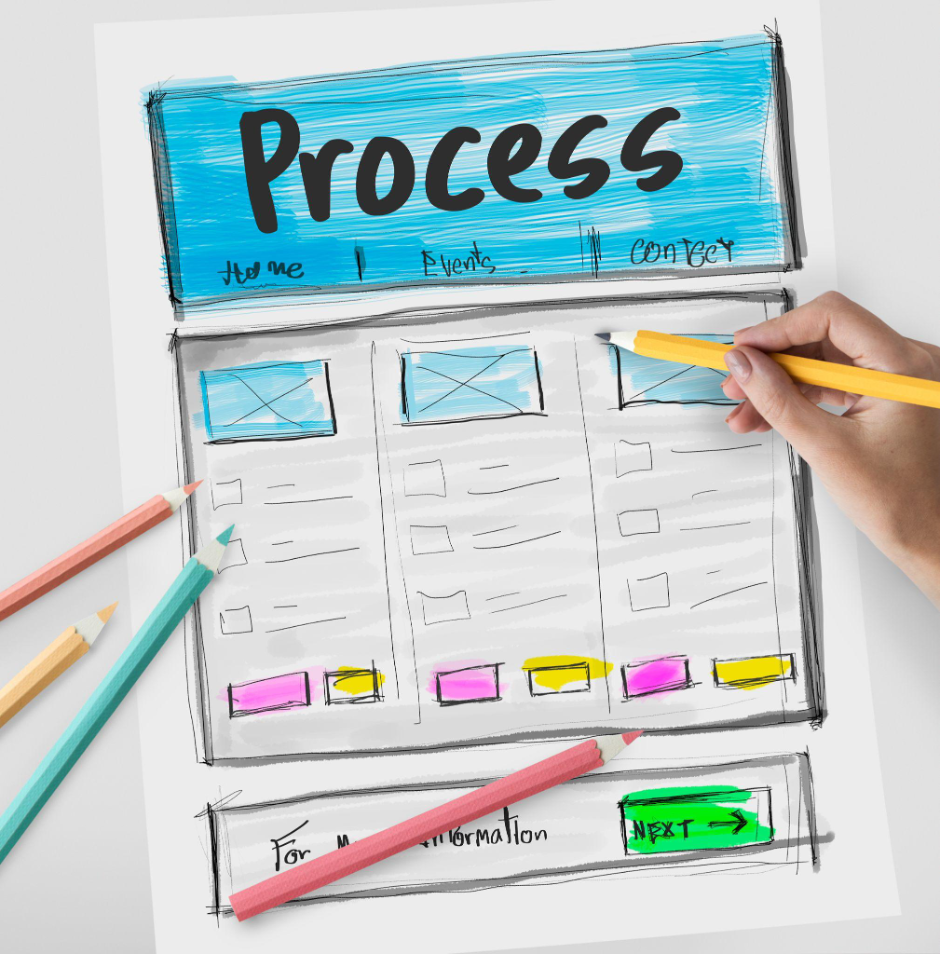
New product development is the process of transforming an idea into a product or service that serves the needs of a target audience. The idea for the new product may come from extensive market research or through feedback from customers.
The product development process can be loosely classified into invention and innovation. An invention is when no other person has thought about the idea or materialized it. So, the product is the first of its kind on the market. On the other hand, innovation refers to adding features and functionalities to an existing product.
Every successful product passes through stages that ripen it for the market. This article will talk about the seven essential stages of product development that should not be ignored in 2022.
Table of Contents
What is Product Development?
Product development is all about the decision-making process involved in transforming an idea into a product. New products are created because consumers need them, and there is not yet a product on the market that satisfies their needs. So, there is a gap in the current market that should be filled. The job of entrepreneurs is to develop products that will fill the gap.
The new product development process does not end until the product life cycle is over. However, feedback from customers can still be collected to enhance newer versions of the product.
Things to Consider When Starting A New Product
Before diving into the stages of product development, let’s look at some of the prerequisites to creating a product. This will ensure that the product finds its place on the market. Here are some of the questions that should be asked before building the product:
Is there a Demand for the Product?
It will be useless to create a product or service that customers do not need. Doing extensive market research will identify the gap that the product can fill.
42 percent of startups that failed launched a product that did not solve a valid customer problem. Once that is done, evangelism and surveys need to be carried out to estimate the market size.
Can it be Produced?
Software development is more complex than painting a picture from imagination. Some ideas or functionalities may be difficult or impossible to implement using code. If it is a physical product, is there enough manufacturing power to produce it?
How will the Product Reach Customers?
Is there a means to deliver the product to customers? The product will be of no use if it doesn’t get into the hands of users. Nowadays, there are numerous online marketplaces and e-commerce platforms that help the product reach customers.
What Competition Will It Have?
Is the product launched into a market that is saturated with competitors? If yes, then it needs a stronger value proposition than the others together with intensive marketing efforts to succeed.
If the product is unique without competition, then less work is needed to break into the market. However, you still have to convince people why they should use the product.
7 Essential Stages of Product Development

The product development process gives entrepreneurs confidence when launching a new product. It helps to eliminate pitfalls and encourages team collaboration. Note that the order of these stages is not rigid and can be modified based on the product and available resources.
Idea Generation
There are lots of different ways to conceptualize the idea of your product. However, it takes lots of time to develop a concept that makes sense. Ideas can also be gotten through market research, user feedback, advice from friends, etc.
In this stage, it is advisable to describe the target audience and core features of the product. Also, while brainstorming ideas, keep an open mind because no suggestions are worthless. Pitch ideas to others and get their feedback. Most often, opinions and feedback from others are unbiased and may reflect the market demand.
Another good way to develop ideas is to focus on customer problems. Once it is done, qualify each problem and look for possible solutions.
Now, choose the idea with the highest probability of success and start working with it. Having a proof of concept for a new product or service development idea is key to knowing if the idea is feasible.
Market Research
Extensive market research needs to be conducted to understand the availability and demand for the product. It ensures all the time and resources needed to build the product will not go to waste, and people will buy it.
The research should also involve competitive analysis. Check what businesses in your niche are creating. Are they successful? How do they attract customers? These are questions that need answers before starting to build on the idea.
It would be helpful to visit competitors’ websites and even sign up for their email list to understand how they interact with customers and make sales. Also, doing research on what the customers like or dislike about the competitors’ products will be helpful when creating the product.
Business Plan
It is important to plan before building a prototype because new product development is a complicated process. The plan should include all the economic and financial variables involved in building and marketing the product.
It should encompass all the investments and how customers will pass through the sales pipeline of the business. The business plan should give a rough estimate of the costs to build the product and where the funds will come from.
Create a list of the materials needed to build the product. The list does not need to be very detailed. However, it should have what is needed to start. Now, start considering the price and category of the product.
Prototype
The prototyping stage allows you to profoundly research and document the product. It will help to find areas of high risk before creating the product. Here are some things to consider in the prototyping phase:
- Here, evaluating the product’s feasibility is key. Check the amount of work needed to build the product and whether it can be done within the timeline.
- It is also vital to analyze all the risks associated with building the product. Now, the product will be built keeping in mind the risks and applying preventive measures.
- Also, your development plan should already be available, and each member of the team needs to know their tasks and deadlines.
The MVP or Minimum Viable Product is the outcome of the prototyping phase. The MVP has only the core features the product needs to function and nothing more. Down the line, other features and aesthetics can be added.
Crowdfunding
The goal of crowdfunding is to get the funding needed for your product and obtain unbiased feedback. People willing to fund the product definitely see its importance and potential. It simulates a market environment where users can interact with the product and provide feedback.
Here, real users’ impressions and receptivity can be monitored. It will help with shaping the positioning strategy for the product. Purchase orders and pre-orders can even be made available at this stage.
In this phase, the sale pitches need to be ready even though the product is not yet finished. The sales pitch will be needed to convince people to fund the product.
Design and Production
Based on information gathered from the crowdfunding phase, more functions and features can be added to the product. The product managers and designers can provide detailed designs and specifications that should be included in the final product.
Ensure that the specifications are very detailed because it will help avoid surprises in the future. So, always plan for the expected.
Marketing and Distribution
One of the most difficult tasks in the whole product development process is getting sales and marketing right. All the sales and distribution channels need to be already worked out. There are many platforms in the market that can help show the product to customers.
Also, doubling the advertising efforts will make the product popular. Another factor that will highly contribute to how customers interact with the product is the price. So, it would be best if you had a very good pricing strategy.
Examples of New Product Development
Companies are constantly creating new products, some of which are successful and others not so much. Let’s look at some real-life examples of successful product development strategies:
Figma
Figma began in 2012 and was the first UI design tool built in a browser. Now, it is among the best tools for web app design. Their main goal is to make a design tool available to everyone. Also, they have constantly added new features to their product, such as interactive whiteboards and multiple flow capabilities.
Uber
Uber has grown into the industry leader in ride-sharing services. However, that was not always true. They started by identifying and filling a gap in the taxi industry by creating a swift ride-hailing process with an easy payment process.
Conclusion
We have looked at the seven essential steps for new product development. A good product development process will help in creating organized tasks and roles and ensure the success of your product.
If you are thinking of launching a new product, know that 63 percent of survey participants acknowledged that they like it when manufacturers offer new products.